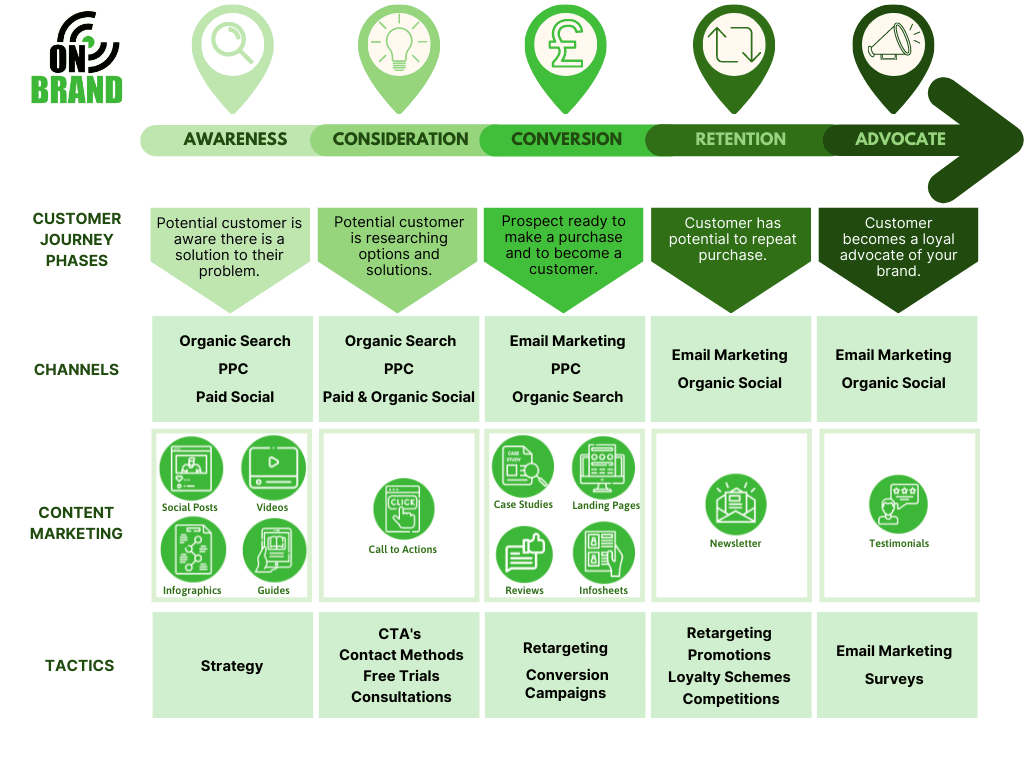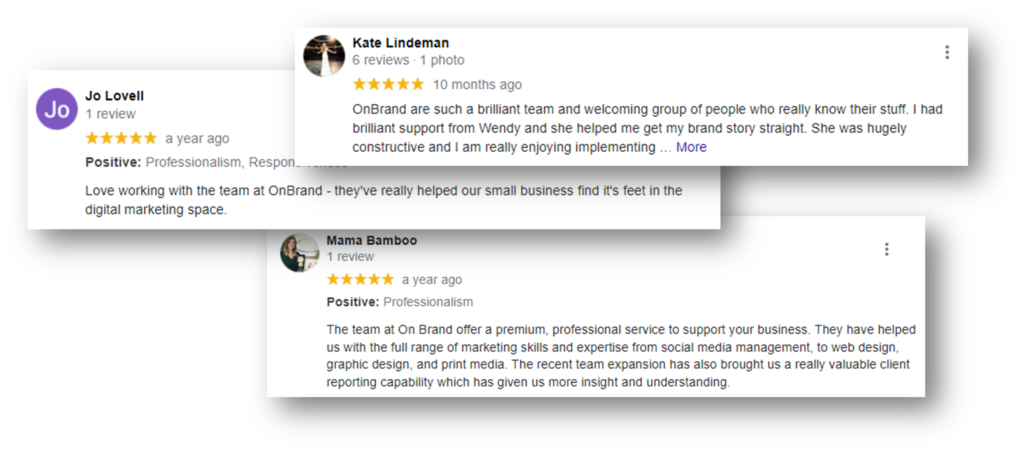Retention.
Once customers have made the decision to purchase products or services from your company, the most important stage of the overall customer journey is retention. It is widely acknowledged by business owners that it is much easier, and around five times cheaper to retain an existing customer than it is to acquire a new one. Once a prospect has been converted to a customer, a reasonable amount of trust has been built in the previous stages of the customer journey. However, you now need to work extra hard to keep building on and maintaining the trust. A crucial element of the retention strategy should be developing good two-way customer communications, gathering feedback, and ensuring you adapt to ever evolving customer needs. It is important to assess your retention and churn rate take learnings from what is working and what isn’t to reduce churn. Acknowledging and rewarding loyalty will also form a key component of your retention strategy.
Advocacy.
The final stage of the customer journey is often thought of as the hardest to achieve. If your customers become active advocates of your brand, the ultimate achievement is realised. Advocates will say great things about your company and refer others via word-of-mouth to friends, family, colleagues, and business associates. Referrals are often thought of as the most powerful kind of marketing your company can ever have. To encourage this level of advocacy, business owners need to nurture customers at every step of the way along the customer journey. Ensuring that you deliver on all your promises and provide over and above customer expectations, gives the best chance of creating brand advocates. There is no shame in asking happy customers to spread the word. Tools such as Net Promoter Score, referral email campaigns and social sharing can all be used effectively to achieve this. Some of the most successful companies today are built on powerful referral and word of mouth marketing.
Mapping The Customer Journey.
An important process with any marketing strategy involves mapping out each stage of your existing customer journey, walking in the customer’s shoes, and examining touchpoints, processes, systems architecture, and data flows to identify how to optimise the customer journey. Customer journey mapping shows how and where customers make decisions and identifies which information is useful to them. Through the process of mapping, businesses can identify ways in which to educate customers to take the steps you want and helps businesses to design the content marketing strategy.
Identifying who your existing customers are and comparing this to your target audience enables the creation of customer personas. It would be typical to create several different customer personas for each of your target groups which serve like fictional resumes based on factual analysis of real, typical clients to profile the typical demographics, including lifestyle and behaviour of each persona.
Once these customer personas have been created, the process of mapping the journey can begin. An effective way to do this is to arrange a workshop with company staff from different areas of the business (marketing, sales, customer service etc). The workshop should aim to establish personas, and then identify touchpoints at each stage of the customer journey, with discussions forming around what is currently working, what isn’t – and how to alter touchpoints to improve experience and enable certain behaviours. Using large wall space to map out visually with post-it notes, is an effective way to illustrate the entire journey and makes for an interactive and productive session.
Summary.
Understanding the customer journey is critical to perfecting the sales funnel and gaining advantage over competitors. Dissecting and perfecting the customer experience at every stage of interaction will determine your content marketing strategy and help to form all marketing digital campaigns. Conducting the process on a regular basis enables businesses to cater to and nurture its customers vigilantly, adapting where market conditions change or where the business is looking to change direction.


